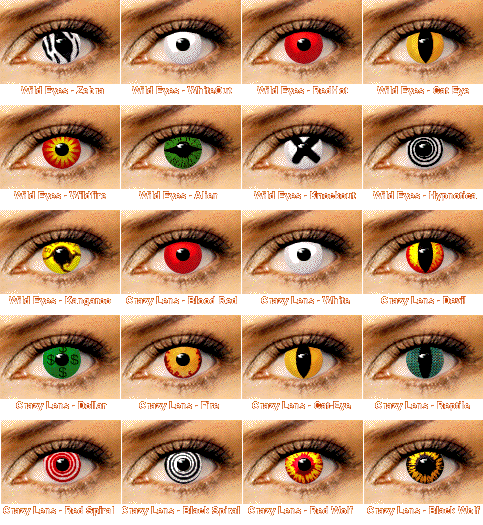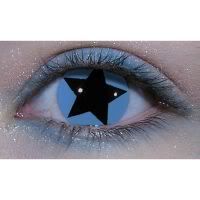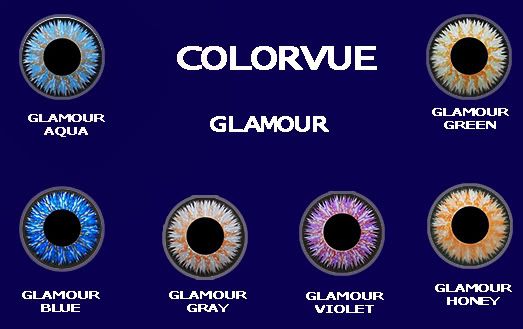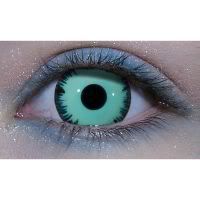Can LASIK Correct Your Astigmatism? by Patricia Woloch
The short answer is Yes, LASIK can correct it along with nearsightedness and farsightedness.
What is astigmatism?
It’s a blurriness of vision caused by the cornea (the transparent part at the front of the eye), not being perfectly round. It’s one of the 4 types of common refractive vision problems.
With normal vision, when we focus on an object, let’s say it’s our mother:
· Light rays enter the eye, pass through the cornea and travel to the retina, the back inside surface of the eye
· They land in a single focal point, are transmitted by the optic nerve to the brain, and we go, “Hi, Momâ€.
When the cornea or the lens is slightly distorted in shape:
· The rays are slightly deflected, arriving at the retina in two places, so that the optic nerve sends confusing information to our brain, and we walk on, seeing only a blurry female shape.
Astigmatism is a lower order aberration
Astigmatism, nearsightedness, and farsightedness are known as lower order aberrations, as opposed to the higher order aberrations, such as glare and halos.
At first, LASIK could only correct the lower order aberrations, but now it can correct both higher and lower orders.
LASIK
In 1997, the FDA approved LASIK for treatment of astigmatism, and in 2002 it approved Wavefront LASIK Surgery.
Traditional LASIK
· The eye surgeon cuts a thin round flap from the cornea, leaving part of it still connected like a hinge
· The flap is folded back to give access to the lower level of tissue, the stroma
· The laser is directed on to the stroma and vaporizes little areas, removing irregularities
· The flap is replaced and healing takes only a couple of days
Wavefront LASIK surgery
· This is also called Custom LASIK.
· The surgeon’s computerized device shines a light at each of your eyes
· It lands on the retina, then rebounds to a sensor
· The sensor tracks any irregularities in the front of this light wave as it emerges from your eye
· With this information, the computer program creates a 3-D map of the exact shape of your cornea
· From this map, the LASIK surgeon creates a mathematical formula on the computer which then uses it to guide the laser
· The laser vaporizes only those tiny pieces of tissue from the cornea that are causing blurry vision
All this may sound complicated, but it works very efficiently and precisely. Studies to date have shown that:
· Over 90% of people who have Wavefront LASIK surgery gain 20/20 vision
· Less than 80% of people who have traditional LASIK gain 20/20 vision
Photo-Refractive Keratectomy (PRK)
This procedure was the first laser treatment for astigmatism. It uses an excimer laser, as does LASIK, and is a procedure that gently removes tissue from the cornea’s surface and then uses a laser to make it more round. It’s still used sometimes, for people with specific corneal conditions, but currently, more than 95% of cases are treated with LASIK.
What is 20/20 vision?
It’s normal acuity of vision, meaning clarity of vision from a distance.
When you look at the eye chart, with its big E at the top and lines of letters, each line smaller than the one above it, your visual acuity is being measured.
In this context, “normal†really means “a convenient standardâ€. Over the years, by looking at lots of people’s eyesight, eye doctors decided what a “normal†person should see when standing 20 feet away. If you have “normal†visual acuity, it’s by definition the same acuity that most people have at 20 feet.
Visual acuity is described by two numbers: 20 plus some other number, like 20/20 or 20/200 or 20/40. These pairs of numbers refer to:
· The distance of 20 feet, that for this purpose we postulate a “normal†person as standing at, and
· The distance someone must stand away from the chart, in order to see what the “normal†person can see at 20 feet
In countries that use metric measurements, the standard distance is 6 meters, so normal vision is referred to as 6/6 vision.
· If you have 20/80 vision, that means you must stand 20 feet away to see what our “normal†person can see at 80 feet. In other words, you’re shortsighted.
· If you have 20/200 vision, the legal definition of blindness in the US, you have to be only 20 feet away to see what a “normal†person can see from 200 feet.
· If your vision is 20/10, you’re better than “normalâ€. You can see from 20 feet what someone else can’t see till they’re 10 feet away
The “normal†line is second to bottom, so if you can see it clearly standing 20 feet away, you have normal vision.
· If you can see that big E at the top from 200 feet away, you also have normal vision.
· If you can see the very bottom tiny line of letters, standing 20 feet away, you have 20/10 vision. Someone with normal vision would have to stand 10 feet away.
Of course, our eye doctors don’t have rooms 200 feet long. The eye chart is scaled down to fit the room it’s in.
About the Author
If you are curious about what LASIK can do for you, contact the professionals at Griffin and Reed Eye Care to schedule a consultation today.







